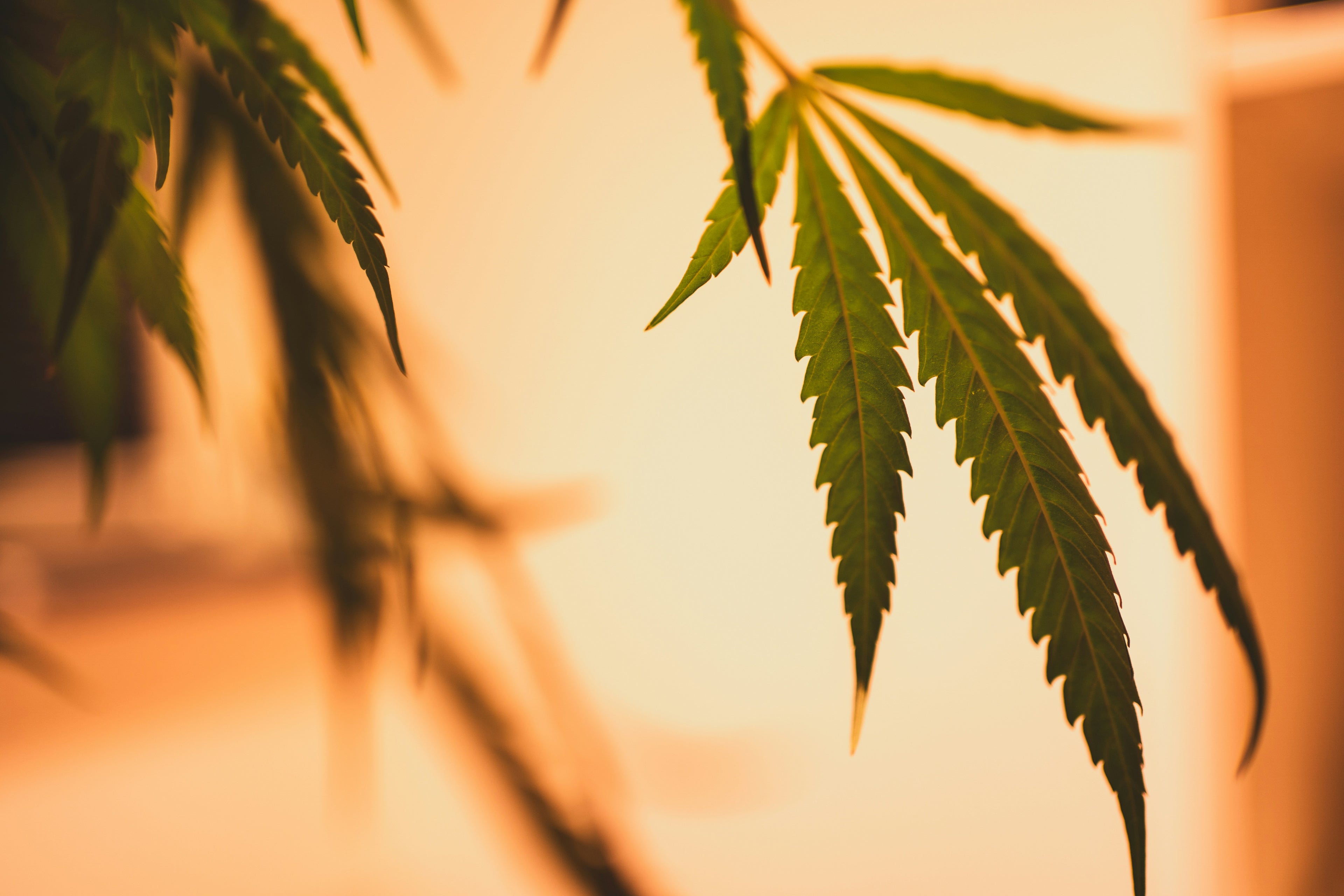
About Hemp
Elevating lifestyle through sustainable hemp products
Hemp (Cannabis Sativa) grows wild naturally in most parts of Nepal and with so much sun and a monsoon rainfall pattern, climatic conditions in Nepal allow for three hemp crops per
year compared to just two in most places.
Hemp has a rich history in
Nepal. Due to its strength, resilience, and durability, it has been used as a fibre
for generations. Even though hemp fibre has a long history and has the
potential to provide employment opportunities for disadvantaged and
impoverished Nepalis, its industrial cultivation remains illegal. As a result,
people only use plants that grow naturally and wild in rural and mountainous areas.
Hemp is grown in several districts of western Nepal at upper-middle altitudes with
the bulk of cultivation occurring in the more remote regions about 3,000 meters
elevation. Darchula, Rolpa, Bajhang, Rukum, Bajura, Jajarkot, and are among the
districts in western Nepal that produce hemp textiles.
The higher altitude areas of the upper Darchula District, on the other hand, have
long been regarded as the source of the top-class Nepali hemp cloth. Hemp fibre
is twisted into twine and rope, rough yarn for weaving consumer market cloth
and coarse sacking, and refined yarn for weaving their traditional cloth used
for blankets, sash belts, and grain storage sacks.
In Nepal’s western villages, the slow, complex, and exhausting process of
extracting hemp fibre is entirely done by hand. Women continue to dominate all
stages of hemp cloth production, from seeding to varying phases of fibre
processing, to rotating and weaving the yarn.
Hemp crops coexist in fields with other grain crops such as wheat, maize, tomatoes,
mustard, potatoes, and tree fruits such as apples, pears, and plums, among
others. From October to early December, mature plants are harvested. After the
dew has evaporated, plants are harvested in the morning, starting with the
bigger spontaneously growing plants.
Plants for fibre are harvested by digging them up and slicing the roots off with a
sickle. 100-300 bundles of plants are returned to the house and placed in the
sunlight to dry. The bark is separated from the stem after several weeks of
soaking in water. Teased from the plant, the fibrous portion is twisted,
sun-dried, beaten with a wooden stick to soften it, and ultimately spun. After
spinning, the thread is steamed with water as well as wood ash and rinsed
several times.
The villagers earn approximately $5 for the 3-4m long handwoven hemp fabrics. In
addition to agriculture, this is a significant source of income. It helps the
villagers to buy and improve their way of life. The majority of Nepalese earn
less than $ 200 per year and live on less than $ 2 per day. Hemp is a source of
hope in Nepal, a country with a high rate of unemployment, particularly in
rural areas where no other viable source of income exists.
It is a significant source of income for villagers and their families who have no
other options for employment in or around their villages. To help Nepal and its
people, we hope that the Nepali government will eventually embrace industrial
hemp cultivation. We hope that the future is bright for Nepal and its
hardworking people and hemp is one of the most sustainable, versatile, and
environmentally friendly plants on the planet.
What sets Hemp products apart?
Versatile and Sustainable Material:
• Hemp is a versatile and sustainable material gaining popularity in the fashion industry.
• It’s eco-friendly and offers numerous benefits.
Durability and Comfort:
• Hemp fabric is known for its durability, breathability, and softness.
• Ideal for creating comfortable and long-lasting clothing and accessories.
Diverse Collection:
• Offers a diverse and stylish wholesale collection of 100% hemp bags.
• Features a wide range of designs, colours, and styles.
Quality and Craftsmanship:
• Prioritizes quality and craftsmanship in each item.
• Carefully crafted using 100% hemp fabric.
• Works closely with skilled artisans with a deep understanding of hemp.
Environmental Benefits:
• Supports a greener and more sustainable future.
• Hemp is a renewable resource requiring minimal water and pesticides to grow.
Fashion Statement:
• Choosing hemp products makes a fashion statement while supporting sustainability.
• Encourages embracing the beauty and benefits of 100% hemp fashion.
